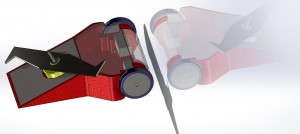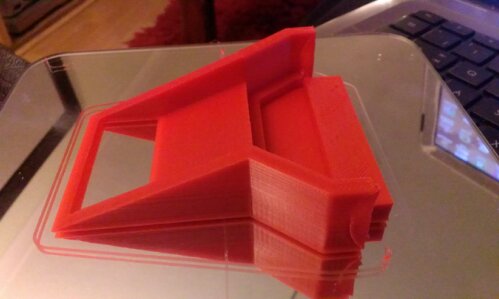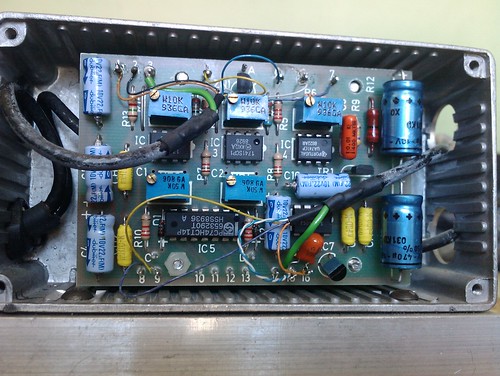Well, since march, i been loking at making my own heat bed for my huxley.
Speaking online last night to reprappers on irc, i came up with the idea of using PTC heaters as a heating element for the heatbed. I saw these: which are available in 30v (powered from 12v) and 200watt versions.
Researching into these, it turns out that PTC heaters are used in Hair straightners too!
I looked in my local shop and the cheapest was £4.99 but these were not variable heating, these were £20 onwards. The veariable ones would be required, as these can go down as low as 40degrees C.
I decieded to try and get some second hand ones as the cost for a new one, that i could potentially break, as a bit outweighted.
The local Carboot sale prooved fruitfull. The 50p box at one stall revealed many electrical items including 4 sets of variable hair straightners.
The models i got are:
Remmington S-8200 (85 Watts)
Superdrugs own brand MCS3701/405965 (160 Watts)
KODO (cheap n nasty) KO300V (65 Watts)
Tony and Guy TG094 (Straightner adapter) (24-70Watts)
The first 2 are aluminium plates and the other 2 are ceramics.
The Tony and guy model features an LCD display!
All are variable and low on one model shows 60 degrees celcius! prfect for PLA
There are a few features that are a bit annoying… all have 60minute auto off! this should be bipassed by using a relay connected to the on/off switch and controlled through the mosfet on the electronics board. These are all 240 volt models and therefore could be VERY dangerous! Im using a RCD device when testing these, and hopefully i will still be living enough to finish this post 😀
The KODO model
These by far look the cheapest, and the connector for the mains plug feels a bit gritty, so i will take these apart first f all.
The heaters which seem to be in heair straightners are PTC which is ‘Positive
Temperature Coefficient’ information can be found in more detail via http://www.dbk-usa.com/ptc-heaters
“Positive Temperature Coefficient (PTC) heating elements are small ceramic stones with self-limiting temperature characteristics. PTC stones have fast heating response times and plateau once the pre-defined reference temperature is reached. It is possible to form the stones into a square, rectangular, circular or ring shape. Above the reference temperature, the semiconducting and ferro-electrical properties of the ceramic are utilized to produce a rise in resistance of several orders of magnitude, and thereby creating it’s self-limiting properties”
from
So, peltier stones ay? lets see what these look like…
Taking apart the KODO heater, it is obvious why cheap hair straightners break, the wires are thin!
The circuit board seems to feature AC input into a TRIAC http://www.datasheetcatalog.org/datasheet/stmicroelectronics/8666.pdf BTB04-600SL The heater wires connect to one power side, then then the TRIAC.
The temperature wires – i assume a thermistor like we use on repraps, connects to power and a small chip, PM3/8U? which i assume is a microcontroller.
The heater elements look as if it is clamped into the ceramic housing, this is to force contact onto the ceramic plate.
The heating element is actually loose and taped together using polyimide tape but features 2 power plates and 2 ceramic Peltier? blocks, all sandwiched together.
The fact these are loose means that this is a very cheaply made unit, and the ones on farnell seem to be housed inside an alumninium block.
Eitherway, if i were to use these i will have to force contact.
The remington straightners.
These are aluminium plates and could be very easy to bolt to an aluminium plate.
Again a small circuit board, with a TRIAC and variable resistor.
The aluminium plates also seem to have loose PTC elements (this time taped togeter in more kapton tape, but a much larger plate!
The superdrug straightners.
OOh a nice WADE spring!
Again, the heating plate is made up of 2 plates and some ceramic plates inside,
but this time the plates are mecahincally clamped in



